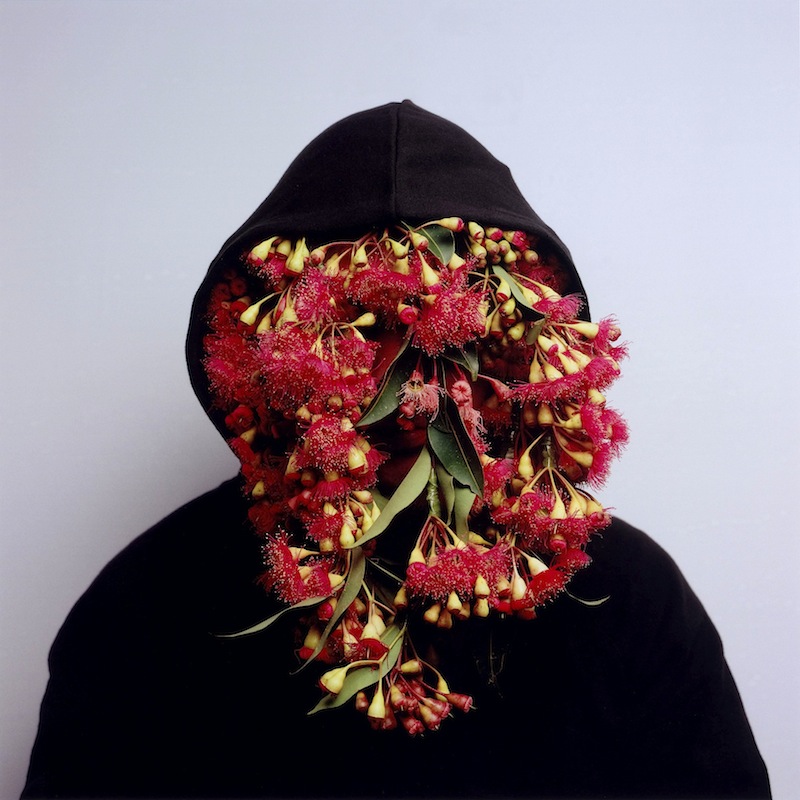Apr 17, 2014 Art

My Country: Contemporary Art from Black Australia
28 March – 20 July 2014
Five Maori Painters
22 February – 15 June
Auckland Art Gallery Toi o Tamaki
What is contemporary Aboriginal art? What is contemporary Maori art? Two major group exhibitions currently showing at Auckland Art Gallery, My Country and Five Maori Painters, answer these questions by showcasing a masterfully exuberant array of artistic styles and techniques. They testify to a vast diversity of experiences and viewpoints. Yet commonalities abide too amongst the tangata whenua of (respectively) Australia and the Torres Strait Islands, and Aotearoa – above all, their use of art to preserve umbilical links to ancestral lands.
For Aboriginals the phrase ‘my country’ typically refers not to Australia, but to the singular area of land they belong to. Many works in My Country tell stories and dreaming stories connecting artists to these homelands – the mesmerising paintings, for which outdated descriptions like ‘dot’, ‘semi-abstract’ or ‘semi-figurative’ do not suffice (since their abstract patternings are also figurations, and carry memories and spirits), the Ku’ camp dog ‘sculptures’ of the Aurukun people, the bewitching Banumbirr (morning star) poles of the Elcho Island artists. It’s a sorrowful theme since many artists remain distanced from those homelands as a consequence of colonisation; but also an affirmation of the strength-giving and ineradicable links between people and country.
Other works grapple more angrily with the impact of the Stolen Generations and ongoing injustices facing Aboriginals and Torres Strait Islanders: youth disenfranchisement and incarceration (Christian Thompson), death in police custody (Judy Watson), artistic poaching (Richard Bell), and the dubious relief brought by Kevin Rudd’s ‘apology’ (Tony Albert). The artists are clear-eyed and unflinching yet vulnerable and open-hearted as they confront the hard issues, and they ask the same of us viewers as we bear witness.
But there are also witty works, triumphant artistic counter-poachings (Genevieve Grieves and Vernon Ah Kee’s photographic reappropriations), cultural revivals (Wilma Walker’s basket-weaving), cringing humour (Bell again, in a painful White-Aussies-on-the-therapist’s-couch video drama) and open invitations to continue the cultural encounter in a more positive vein (the blurrily poignant dance of Destiny Deacon and Virginia Fraser, and Bindi Cole’s I Forgive You, which says it all).
From Australia to Aotearoa, Five Maori Painters addresses any lingering suspicions about what counts as indigenous art (the old ‘painting isn’t Maori, it’s European’ chestnut, popular amongst primitivism-apologists). Alongside breathtaking contemporary painted works, the exhibition displays many historical items from both the gallery’s and Auckland’s Museum’s collections: samples of kokowai (the red pigment used by early Maori to paint caves and objects); George French Angas paintings and Burton Brothers photographs of painted Maori hoe (paddles) and heke (rafters).
Ample evidence of a uniquely Maori painting legacy, insisting that, though we may see overlaps with European art histories (Emily Karaka’s bursting expressionism, the optical geometric ‘abstraction’ in Kura Te Waru Rewiri’s kowhaiwhai motifs), we can get far more from these works by attending to the rich Maori threads of their complex whakapapa (genealogies).
One thread is those enduring relationships with whenua (land), wairua (spirit) and whakapapa (singing out of every painting here, from Karaka’s throbbing, buzzing Taupiri-Waikato image to Star Gossage’s luminously moody Pakiri ancestors). Another is the social and political testimonies, most searingly depicted in Robyn Kahukiwa’s Treaty paintings (on a pain register with Frida Kahlo, or Picasso’s Guernica – whose African-borrowed-imagery she borrows in turn).
These two bristling, dazzling exhibitions announce a newfound – overdue? – appreciation at Auckland Art Gallery for contemporary indigenous art, which most clearly does not live in a vacuum. Instead, here indigenous artists are the crossroad-riding, time-travelling front-runners, drawing deeply from lands and traditions, passing straight through the pain, while flying boldly into creative self-sovereign futures – holding each other up as they go. If artistic diversity is, as Maori scholar Charles Royal once said, the sign of a healthy culture, perhaps we are slowly getting healed.
Image:
Thompson, Christian
Aboriginal, Bidjarra/Kunja people
Australia b.1978
Black Gum 2 (from ‘Australian Graffiti’ series)
2008
From My Country: Contemporary Art from Black Australia





